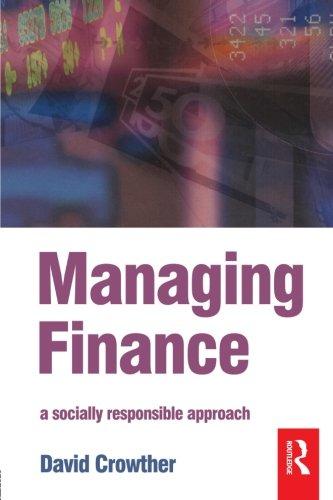. Print P Find immersive Reader 5. Which of the following is an expression of E. Quantitative Casing a monetary policy whereby a central bank buys government boods or other financial assets in order to inject money into the economy to expand economie activity b. a monetary policy whereby the Treasury Department buys government boede or other financial assets in order to inject money into the economy to expand economic activity a fiscal policy whereby a central bank buys government bonds or other financial assets in order to inject money into the economy to expand economie activity d. a monetary policy whereby a central bank buys only short-term government bills in order to inject money into the coonomy to shrink economic activity. 6. Which of the following is an example of when QE, Quantitative Ensing, is used: a monetary policy during war. b. monetary policy during heavy inflationary expansionary times. c. fiscal policy during normal growth periods in the conomy. c. monetary policy during a period when the conomy has slowed or entered recession to spur growth 7. QE. Quantitative Easing, is considered an unconventional form of monetary policy usually used when: a. inflation is very high and standard expansionary monetary policy has become ineffective b. inflation is very low or negative, and standard expansionary monetary policy has become ineffective c. Economic growth is very high, and standard expansionary monetary policy has become very effective. d. Economic growth and unemployment are not the issues, instead high inflation is the issue. 8. A central bank implements Quantitative Easing, QE, by a. buying foreign assets from central banks and other foreign, thus raising the value of their currencies and lowering the value of the dollar, while simultaneously decreasing the money supply in the USA. This differs from the more usual policy of buying or selling short-term government bonds to keep interbank interest rates at a specified target value. b. Selling financial assets to commercial banks and other financial institutions, thus raising the prices of those financial assets and lowering their yield, while simultaneously decreasing the money supply. This differs from the more usual policy of buying or selling short-term government bonds to keep interbank interest rates at a specified target value. c. buying financial assets from foreign communities, foreign banks and other foreign financial institutions, so as to rise the prices of those financial assets abroad and lowering their yield, while simultaneously encouraging investors in the USA to invest abroad. This differs from the more usual policy of buying or selling short-term government bonds to keep interbank interest rates at a specified target value d. buying financial assets from commercial banks and other financial institutions, thus raising the prices of those financial assets and lowering their yield, while simultaneously increasing the money supply. This differs from 100% Give Feedback to Microsoft . Print P Find immersive Reader 5. Which of the following is an expression of E. Quantitative Casing a monetary policy whereby a central bank buys government boods or other financial assets in order to inject money into the economy to expand economie activity b. a monetary policy whereby the Treasury Department buys government boede or other financial assets in order to inject money into the economy to expand economic activity a fiscal policy whereby a central bank buys government bonds or other financial assets in order to inject money into the economy to expand economie activity d. a monetary policy whereby a central bank buys only short-term government bills in order to inject money into the coonomy to shrink economic activity. 6. Which of the following is an example of when QE, Quantitative Ensing, is used: a monetary policy during war. b. monetary policy during heavy inflationary expansionary times. c. fiscal policy during normal growth periods in the conomy. c. monetary policy during a period when the conomy has slowed or entered recession to spur growth 7. QE. Quantitative Easing, is considered an unconventional form of monetary policy usually used when: a. inflation is very high and standard expansionary monetary policy has become ineffective b. inflation is very low or negative, and standard expansionary monetary policy has become ineffective c. Economic growth is very high, and standard expansionary monetary policy has become very effective. d. Economic growth and unemployment are not the issues, instead high inflation is the issue. 8. A central bank implements Quantitative Easing, QE, by a. buying foreign assets from central banks and other foreign, thus raising the value of their currencies and lowering the value of the dollar, while simultaneously decreasing the money supply in the USA. This differs from the more usual policy of buying or selling short-term government bonds to keep interbank interest rates at a specified target value. b. Selling financial assets to commercial banks and other financial institutions, thus raising the prices of those financial assets and lowering their yield, while simultaneously decreasing the money supply. This differs from the more usual policy of buying or selling short-term government bonds to keep interbank interest rates at a specified target value. c. buying financial assets from foreign communities, foreign banks and other foreign financial institutions, so as to rise the prices of those financial assets abroad and lowering their yield, while simultaneously encouraging investors in the USA to invest abroad. This differs from the more usual policy of buying or selling short-term government bonds to keep interbank interest rates at a specified target value d. buying financial assets from commercial banks and other financial institutions, thus raising the prices of those financial assets and lowering their yield, while simultaneously increasing the money supply. This differs from 100% Give Feedback to Microsoft







